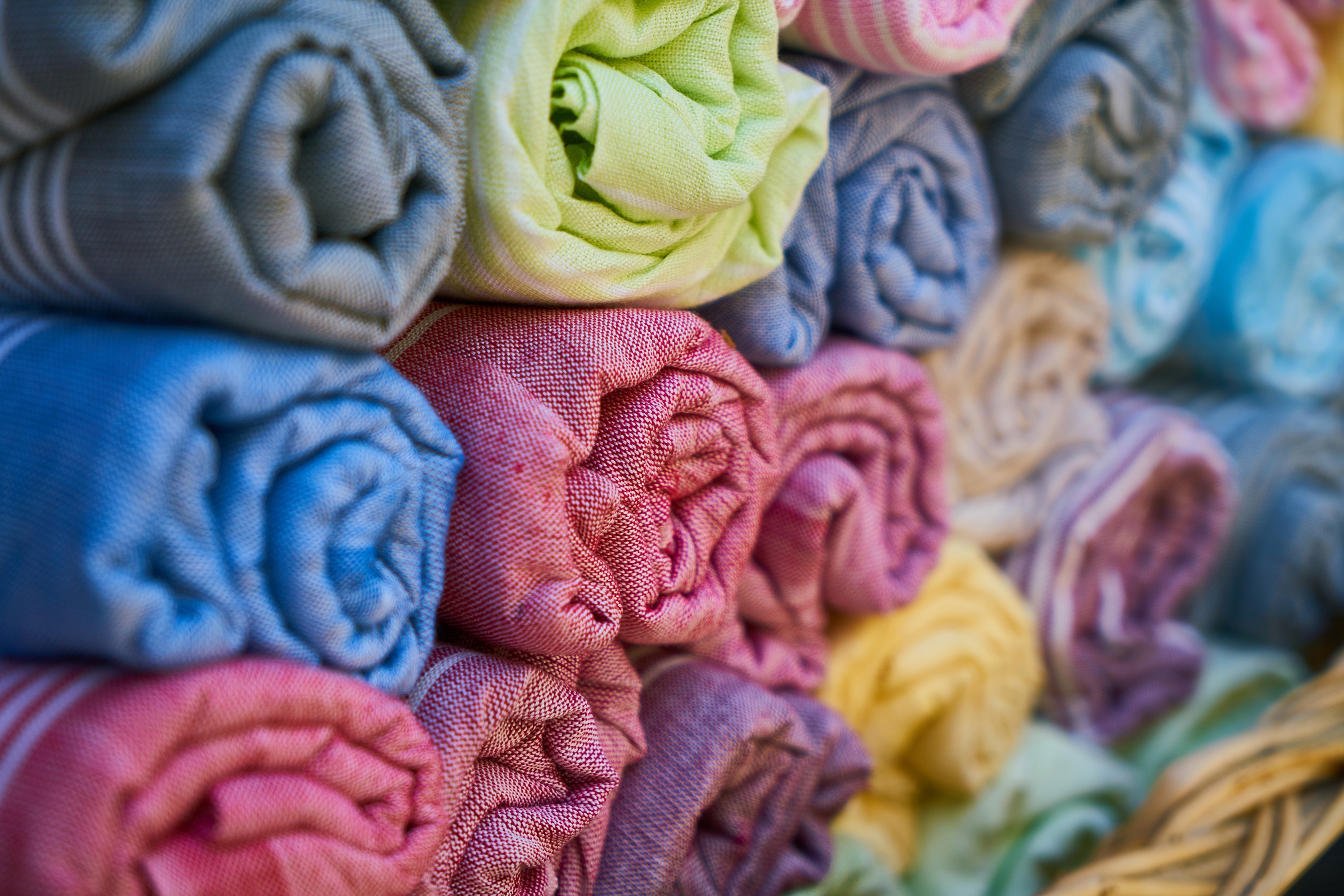
Exploring the Richness of Traditional Indian Clothing: A Guide to Different Types of Fabrics

India is renowned for its vibrant cultural tapestry, and a significant aspect of this cultural heritage is reflected in its traditional clothing. The diversity of traditional Indian fabrics used in traditional attire not only showcases the country's rich textile heritage but also highlights the intricate craftsmanship and artistry that have been passed down through generations. In this blog, we delve into the various types of fabrics that form the essence of Indian traditional clothing.
Silk - The Epitome of Elegance
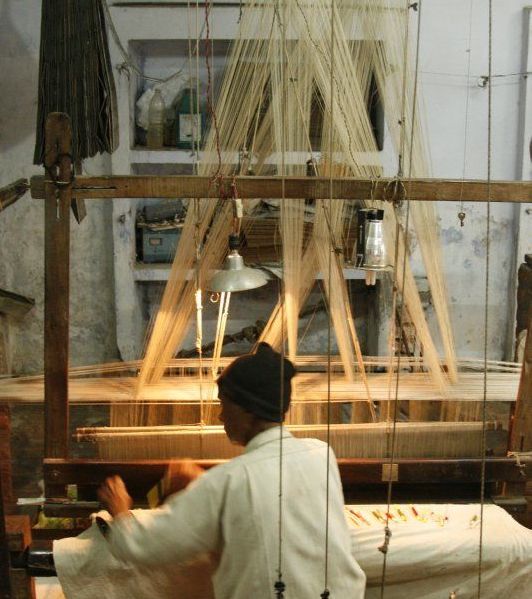
Silk, often regarded as the fabric of royals, has a long-standing association with luxury, elegance, and opulence in traditional Indian clothing. Its rich texture, natural sheen, and durability make it one of the most cherished and sought-after textiles in India. Different regions of India produce distinct varieties of silk, each with its unique characteristics and weaving techniques.
Tussar Silk
Tussar silk, with its natural golden sheen and lightweight feel, is favored for its elegance. It's used in sarees and dupattas, reflecting a blend of traditional craftsmanship and modern fashion trends.
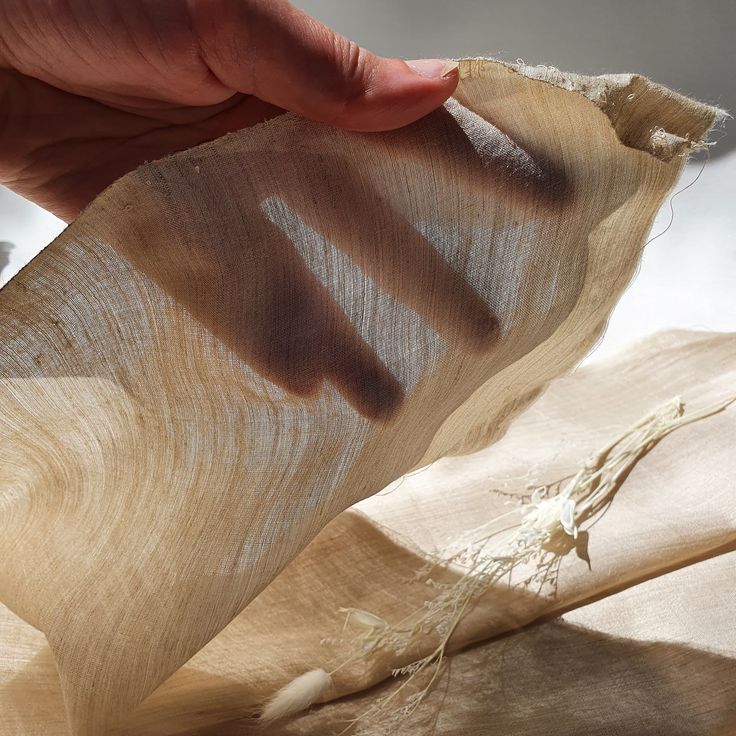
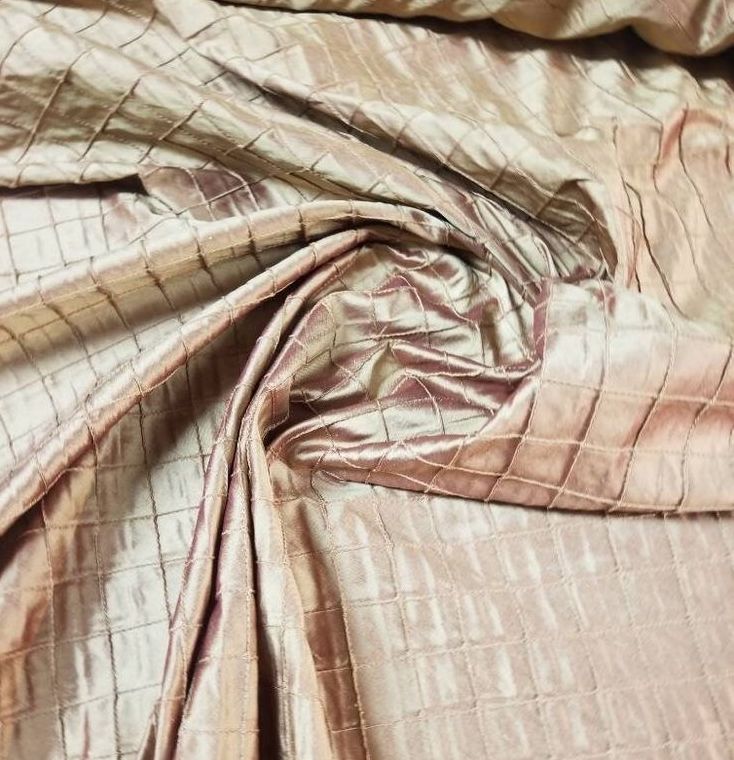
Muga silk
Muga silk is exclusive to Assam and is known for its natural golden-yellow hue. It is considered one of the strongest natural fibers and has a glossy texture that improves with every wash. Muga silk sarees are worn during auspicious occasions and are prized for their durability and luxurious feel.
Eri Silk
Also known as Endi or Errandi silk, Eri silk is produced from the larvae of Samia cynthia ricini, a type of silkworm that feeds on castor leaves. It is known for its coarse texture and is often used to create warm clothes like shawls and blankets.
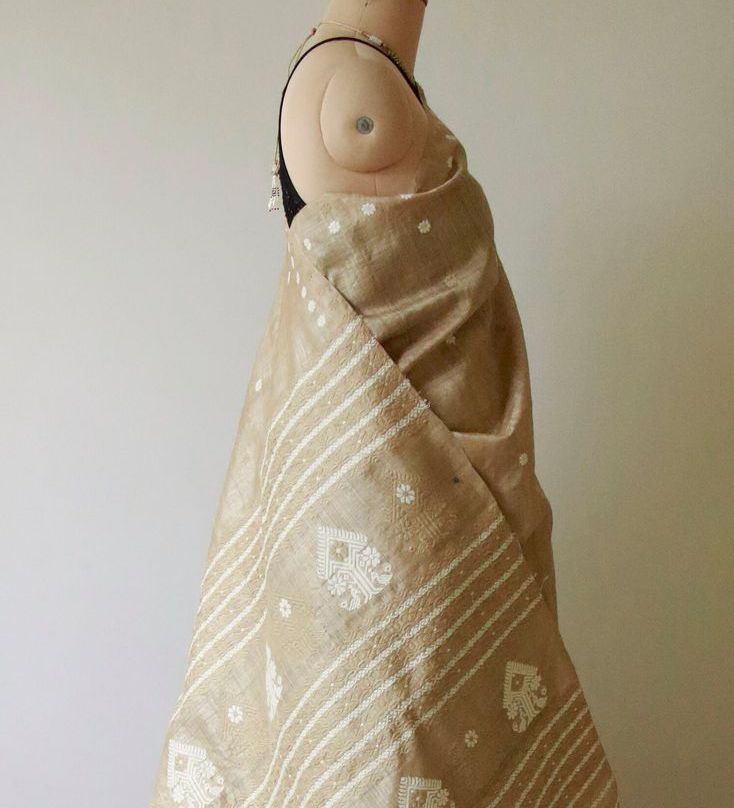
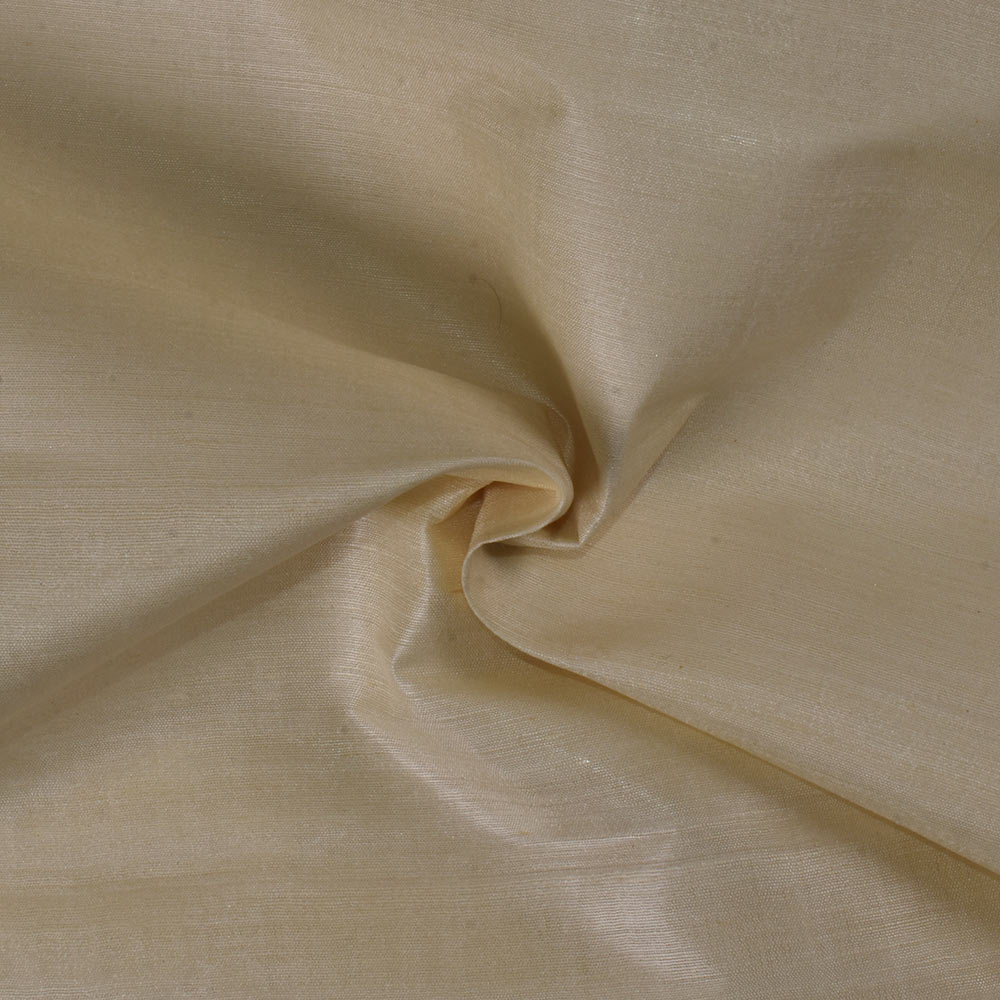
Mulberry silk
Mulberry silk is produced from the domesticated silkworm Bombyx mori. It is known for its fine texture, durability, and ability to absorb dyes well, making it ideal for a wide range of traditional Indian garments.
Matka Silk
Matka silk is a rough handloom silk fabric made from the waste Mulberry silk without removing its gum part. It has a unique texture and is often woven with thick yarns, giving it a slightly coarse yet elegant appearance. Matka silk sarees are known for their simplicity and understated charm, making them popular for everyday wear.
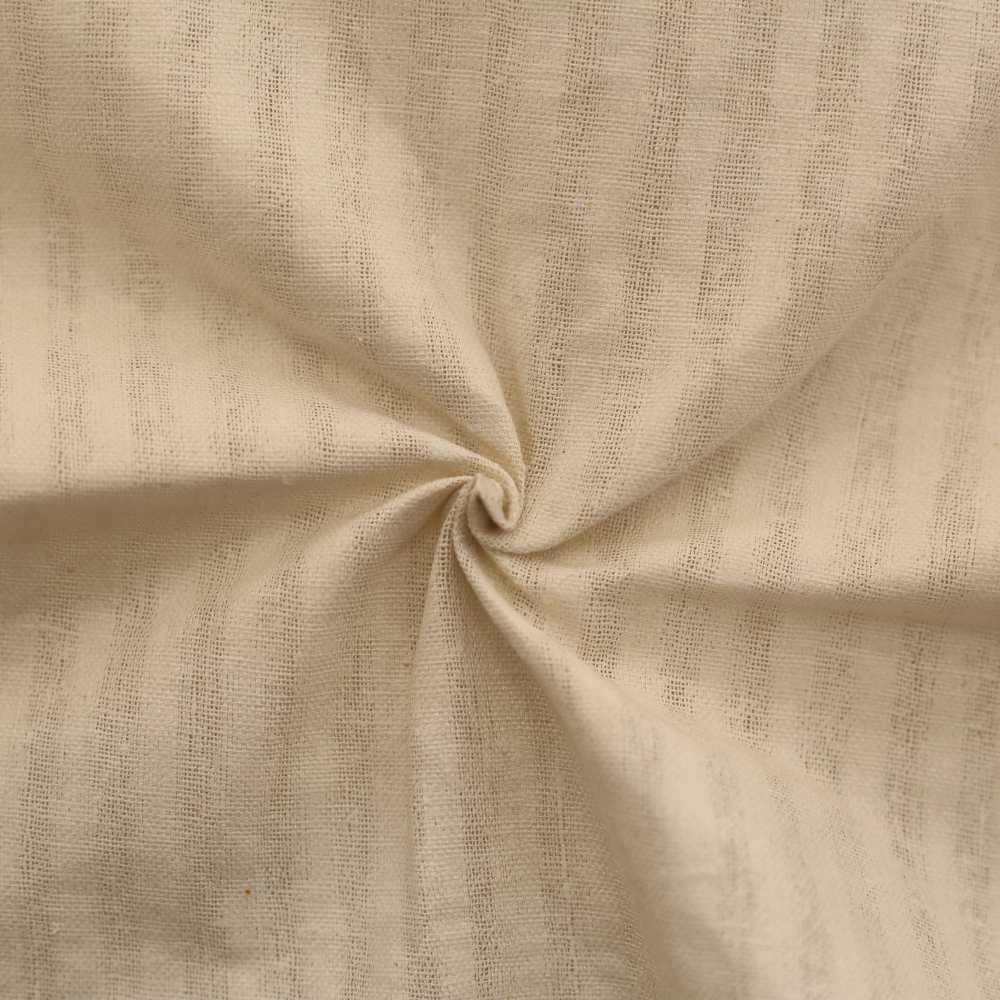
Cotton - Comfort Meets Tradition
Cotton remains the fabric of choice for everyday wear in many parts of India due to its comfort and breathability, especially in the tropical climate. Fabrics like Khadi, holds a special place in India's history and culture. It is hand-spun and hand-woven cotton cloth, famously promoted by Mahatma Gandhi during India's freedom struggle as a symbol of self-reliance and independence. Khadi fabric embodies simplicity and resilience, showcasing unique textures and irregularities that add to its charm. Today, Khadi continues to be cherished for its ethical production methods and cultural significance, offering a sustainable alternative in the fashion industry.
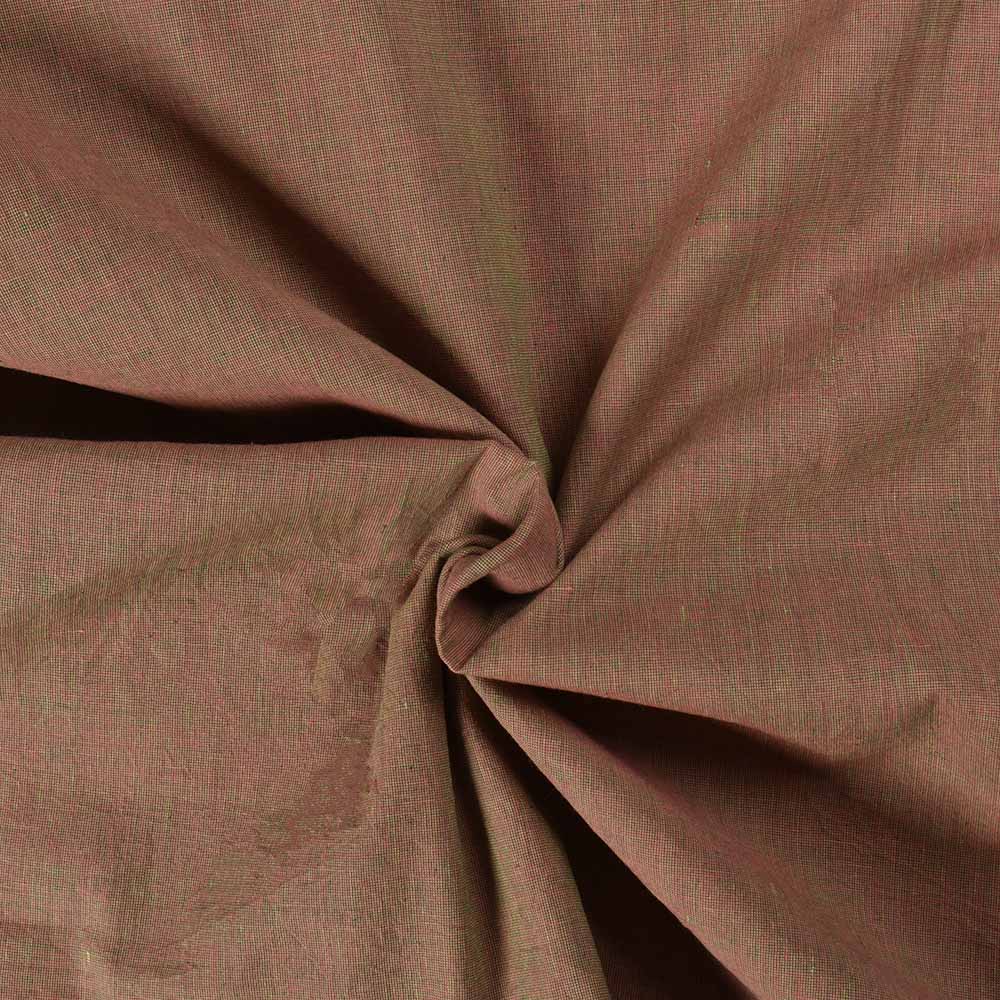
Wool and Pashmina - Warmth with Elegance
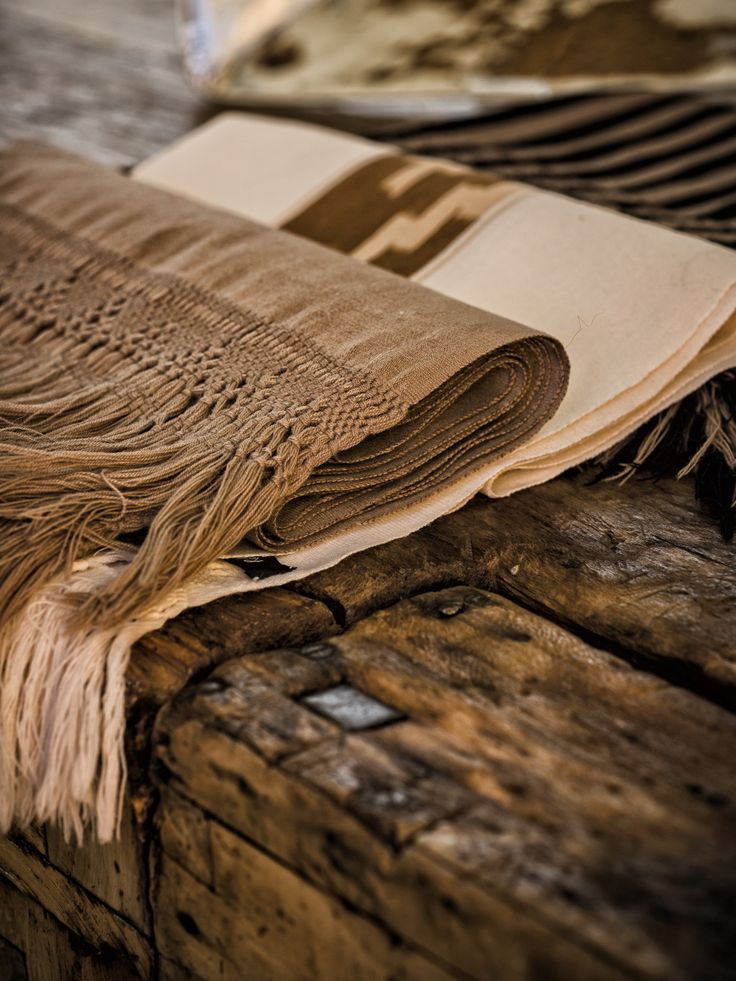
In the colder regions of India, wool and Pashmina (fine cashmere wool) play a crucial role in traditional clothing. Kashmiri Pashmina shawls are prized for their softness and intricate hand embroidery, reflecting centuries-old craftsmanship. Woolen fabrics from Himachal Pradesh and Uttarakhand are known for their warmth and traditional motifs that celebrate local culture.
Linen: The Fabric of Elegance
Linen, derived from the flax plant, is a traditional Indian fabric known for its durability and moisture-wicking properties. Linen sarees and kurtas are favored for their elegant drape and comfortable feel, especially in hot and humid climates. The natural texture and subtle sheen of linen add a touch of sophistication to traditional Indian clothing.
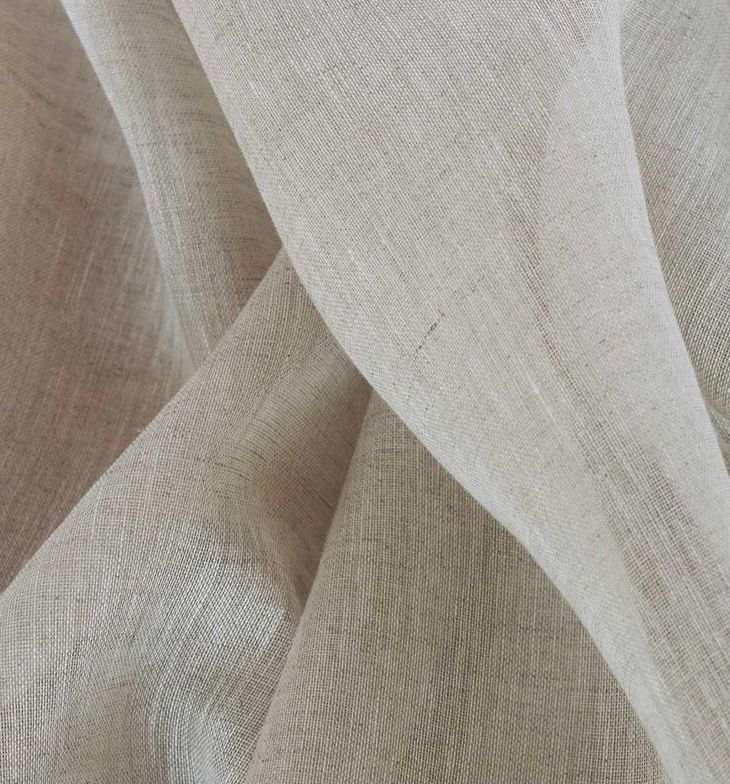
Embroidered Marvels: Intricate Craftsmanship
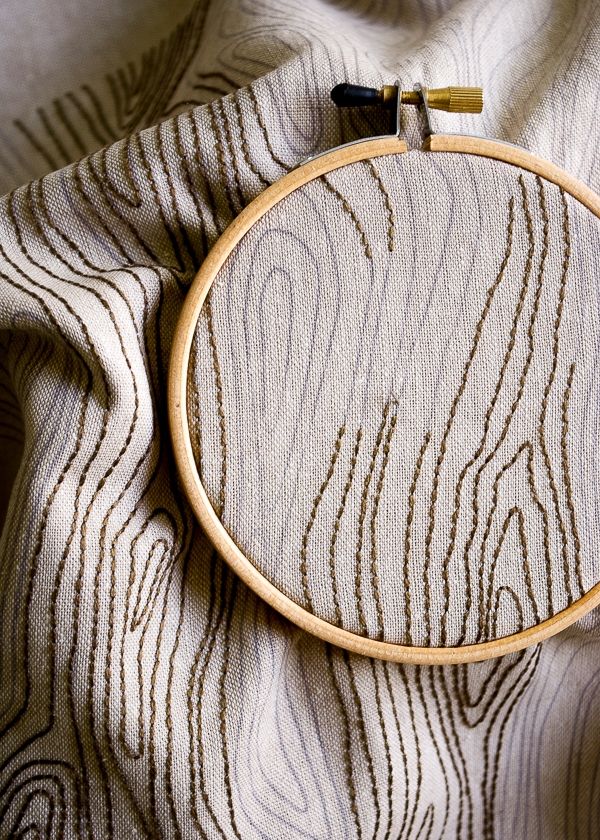
Embroidery plays a pivotal role in embellishing traditional Indian clothing. Indian traditional textiles like Chikankari from Lucknow, where white thread is delicately embroidered on pastel-hued fabrics like muslin which is known for its softness, breathability, and versatility, making it a popular choice for a wide range of garments and textile products and georgette, exemplifying timeless elegance. Embroidered fabrics in India also include Phulkari from Punjab, renowned for its colourful floral motifs stitched on fabrics like cotton and silk, reflecting the region's vibrant culture, kantha from west bengal, emerging as a captivating narrative woven with threads of tradition and artistry.
Alternatives Of Conventional Textiles
In today’s world, with the rise in popularity of traditional textiles, sustainability is also gaining a wider array of consumers. As the world is moving to a more sustainable way of living, people also started prioritising sustainability in the fabrics and garments that they use. At Anuprerna, we also produce fabrics that sustainable and eco friendly. These fabrics are characterised by their minimal environmental impact and ethical production methods.
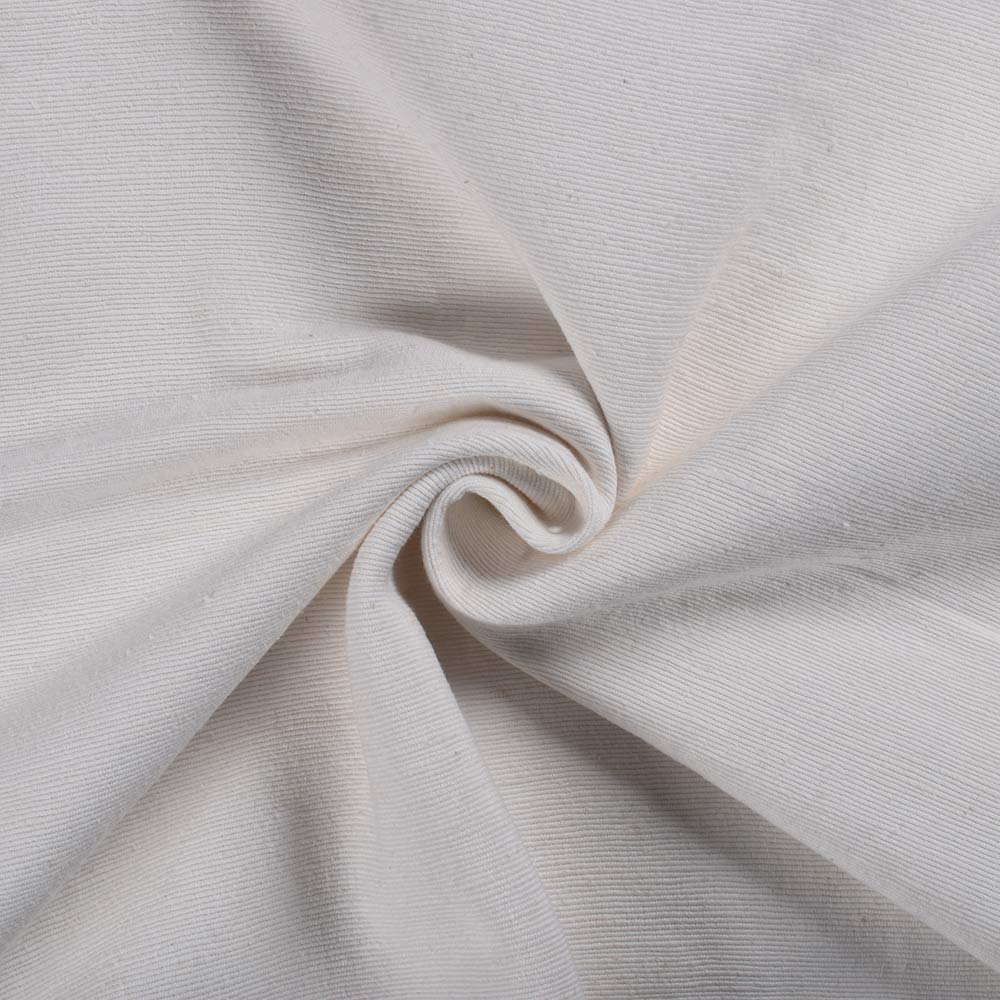
Hemp
Hemp is a fast-growing plant that requires minimal water, pesticides, or synthetic fertilizers. Its fibers are strong, durable, and biodegradable, making hemp fabric an excellent eco-friendly choice. It's used in clothing, accessories, and home textiles.
Tencel (Lyocell)
Lyocell is a sustainable fabric made from wood pulp, typically sourced from eucalyptus trees. The production process uses a closed-loop system, minimizing waste and chemical usage. It is known for its softness, breathability, and moisture-wicking properties.
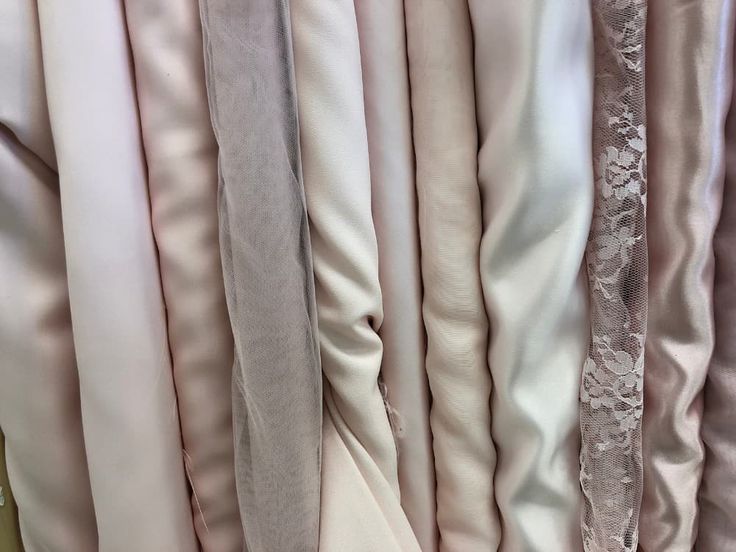
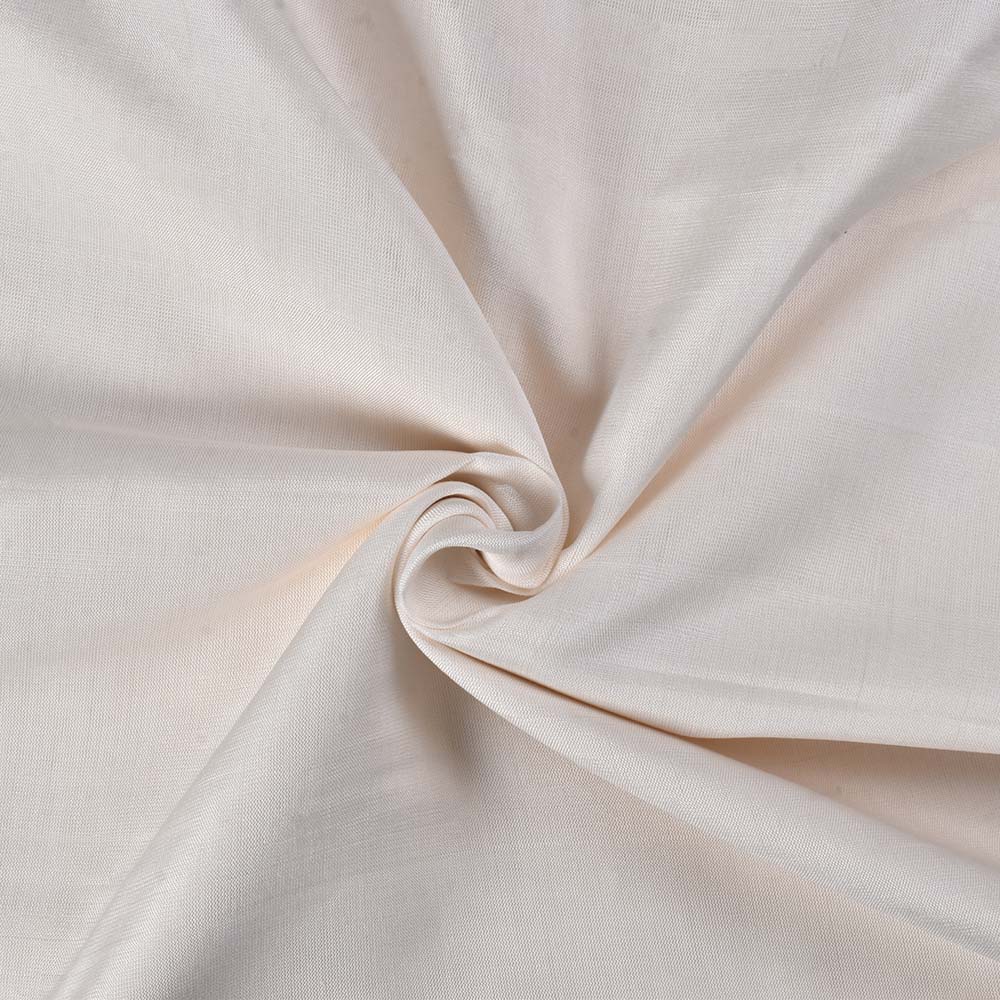
Bamboo
Bamboo fabric is derived from bamboo grass, which grows quickly and requires minimal water and pesticides. It's biodegradable and has natural antibacterial properties. Bamboo fabric is soft, breathable, and suitable for various clothing and bedding applications.
Banana
Banana fiber is extracted from the stem of the banana plant, typically after harvesting the fruit. It's a natural bast fiber with long and strong strands.Banana fiber is biodegradable, durable, and has a unique texture. It's often blended with other fibers to enhance strength and softness.
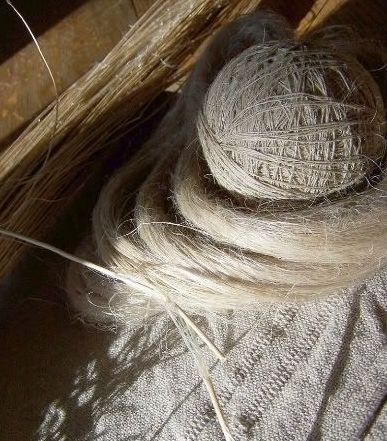
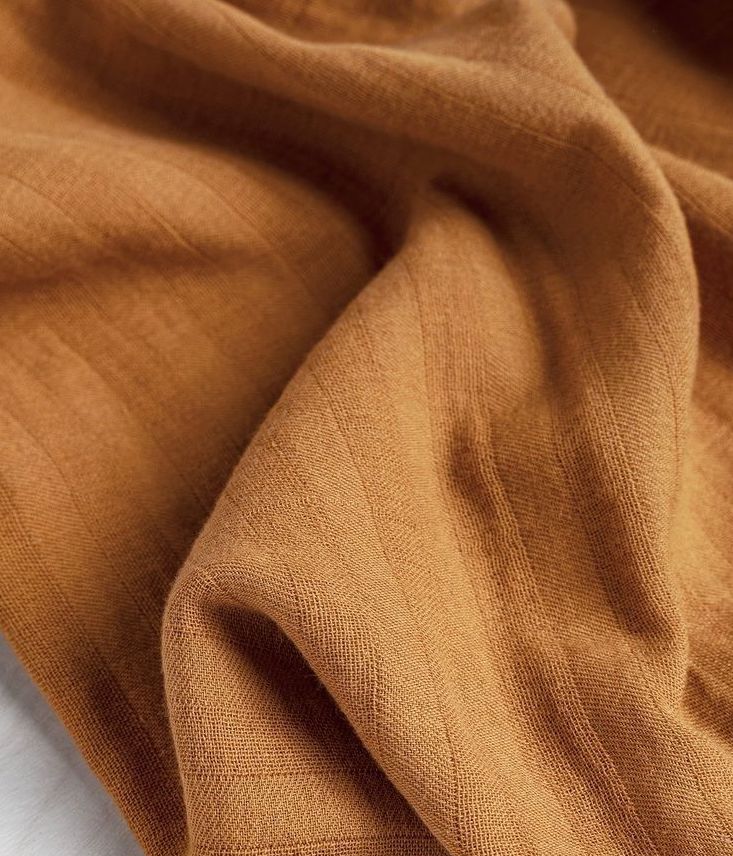
Corn
Corn fiber is derived from corn starch or corn sugars, processed into polymers, and spun into fibers. This process often involves by-products from corn processing industries, reducing waste. These fibers can be lightweight, biodegradable, and have moisture-wicking properties, making them suitable for activewear and outerwear.
related questions
What fabrics were used in ancient India?
arrow_drop_downIn ancient India, fabrics such as cotton, silk, wool, and jute were commonly used. Cotton was particularly significant due to its availability and versatility, while silk was valued for its luxuriousness. Wool and jute were also used, albeit less extensively.
What traditional fabric is printed fabric in India?
arrow_drop_downTraditional printed fabric in India includes block-printed textiles, where intricate designs are stamped onto cloth using carved wooden blocks. This technique, dating back centuries, is notable in regions like Rajasthan and Gujarat, producing vibrant patterns like those found in Ajrakh and Bandhani textiles.
Which cloth was popular in India?
arrow_drop_downCotton cloth has historically been immensely popular in India due to its comfort, versatility, and suitability for the climate. It has been widely used for traditional garments, daily wear, and textiles like saris, dhotis, and kurta pajamas across the country.
Which fibres are mostly used in India for making clothes?
arrow_drop_downIn India, the fibers most commonly used for making clothes are cotton and silk. Cotton is favored for its comfort and breathability, while silk is valued for its luxurious feel and sheen, both playing integral roles in traditional and contemporary Indian textile industries.
More Blogs
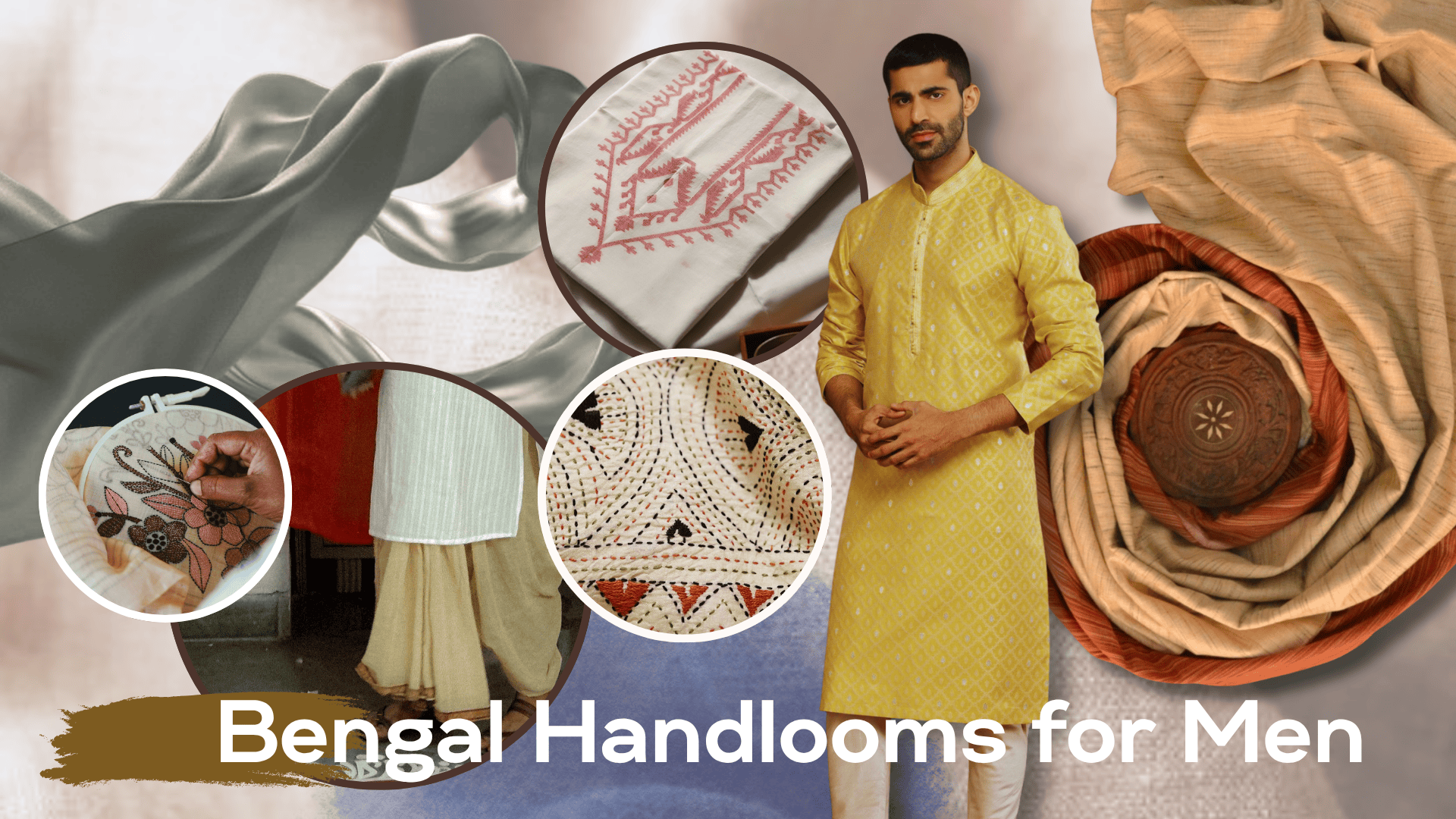
bengal looms for men: beyond the kurta
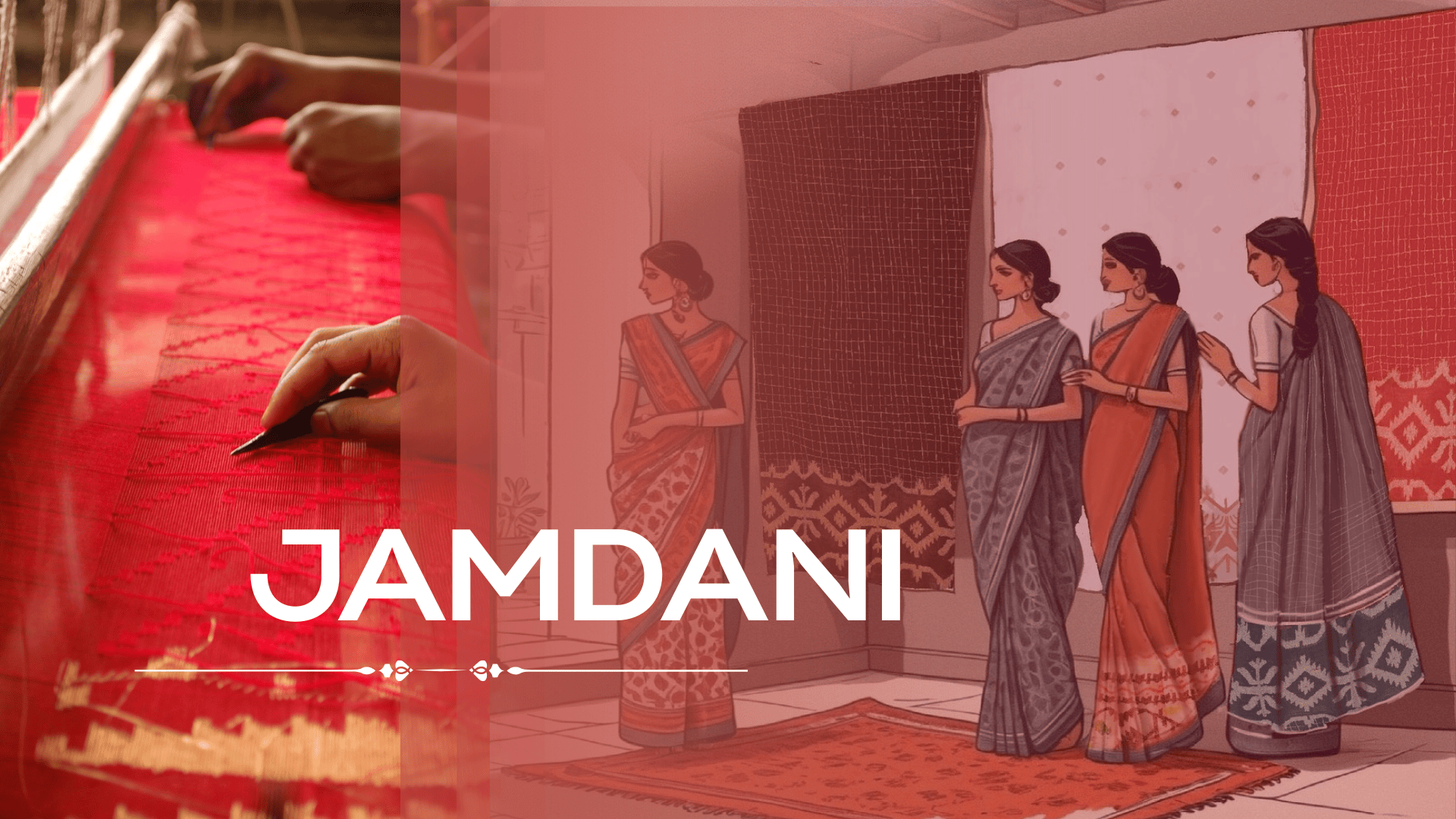
jamdani magic: why this weave is unesco-recognized as cultural heritage
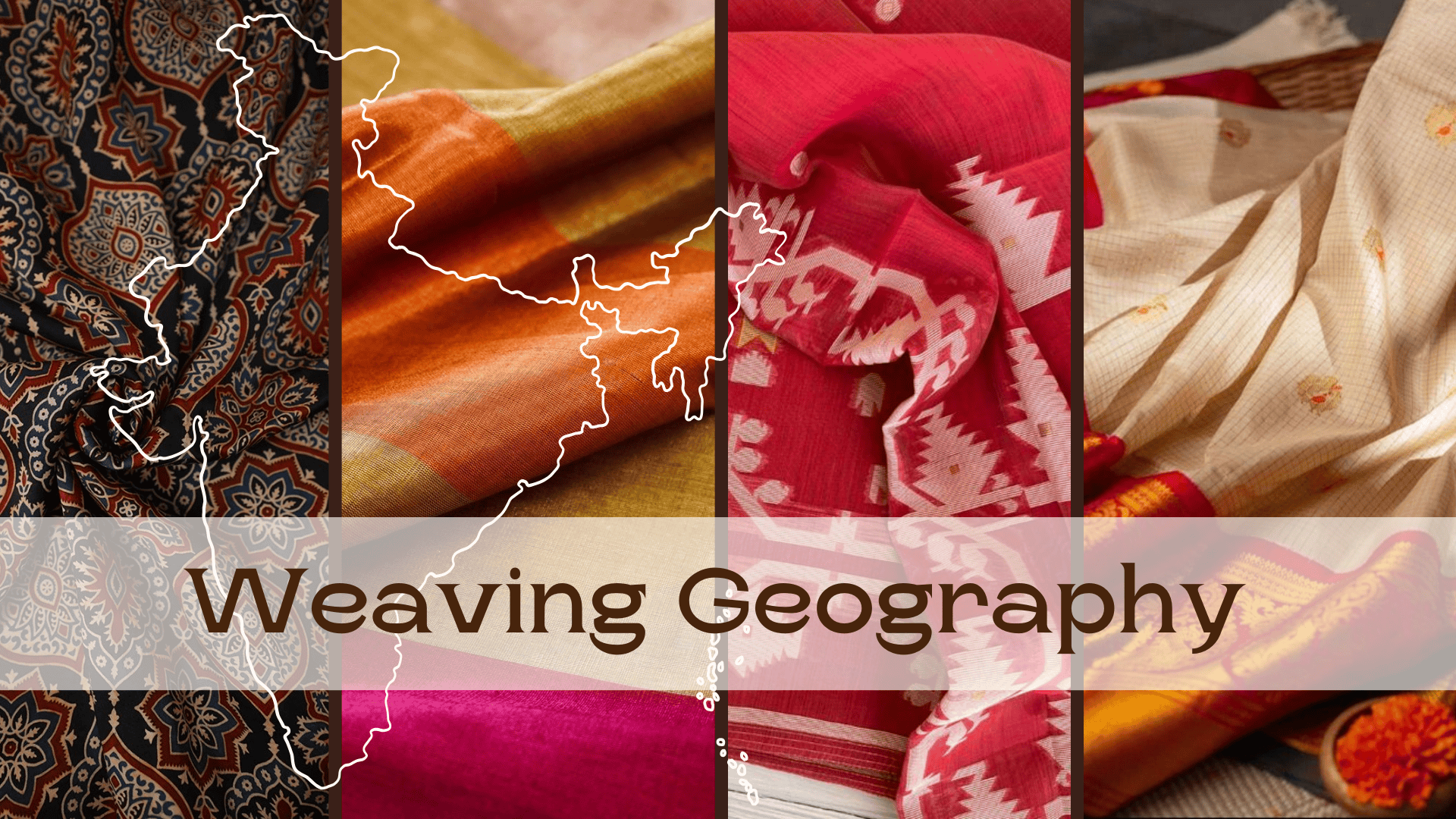
weaving geography: which district is known for which handloom fabrics
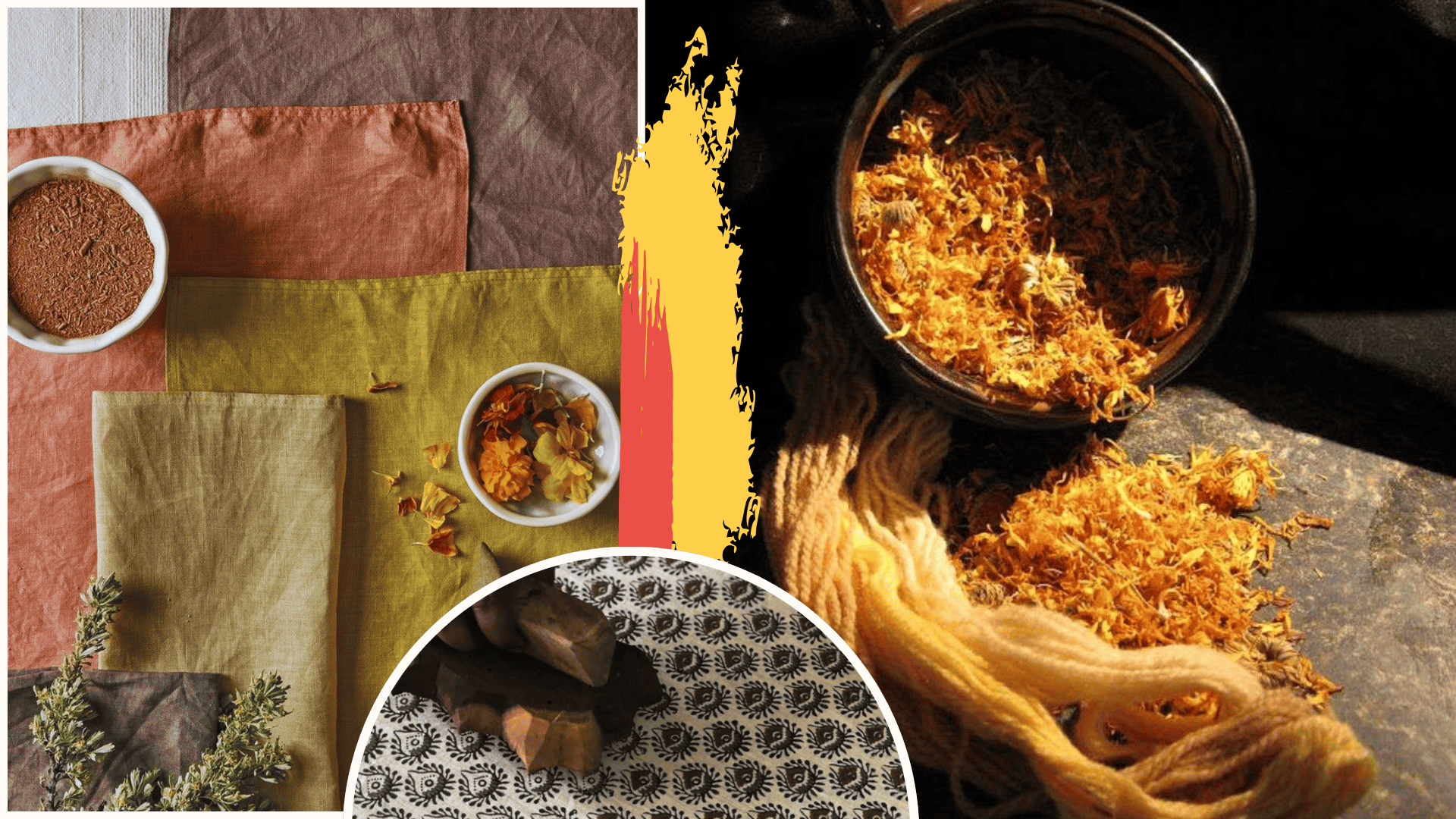
the ultimate guide to naturally dyed and block printing textiles
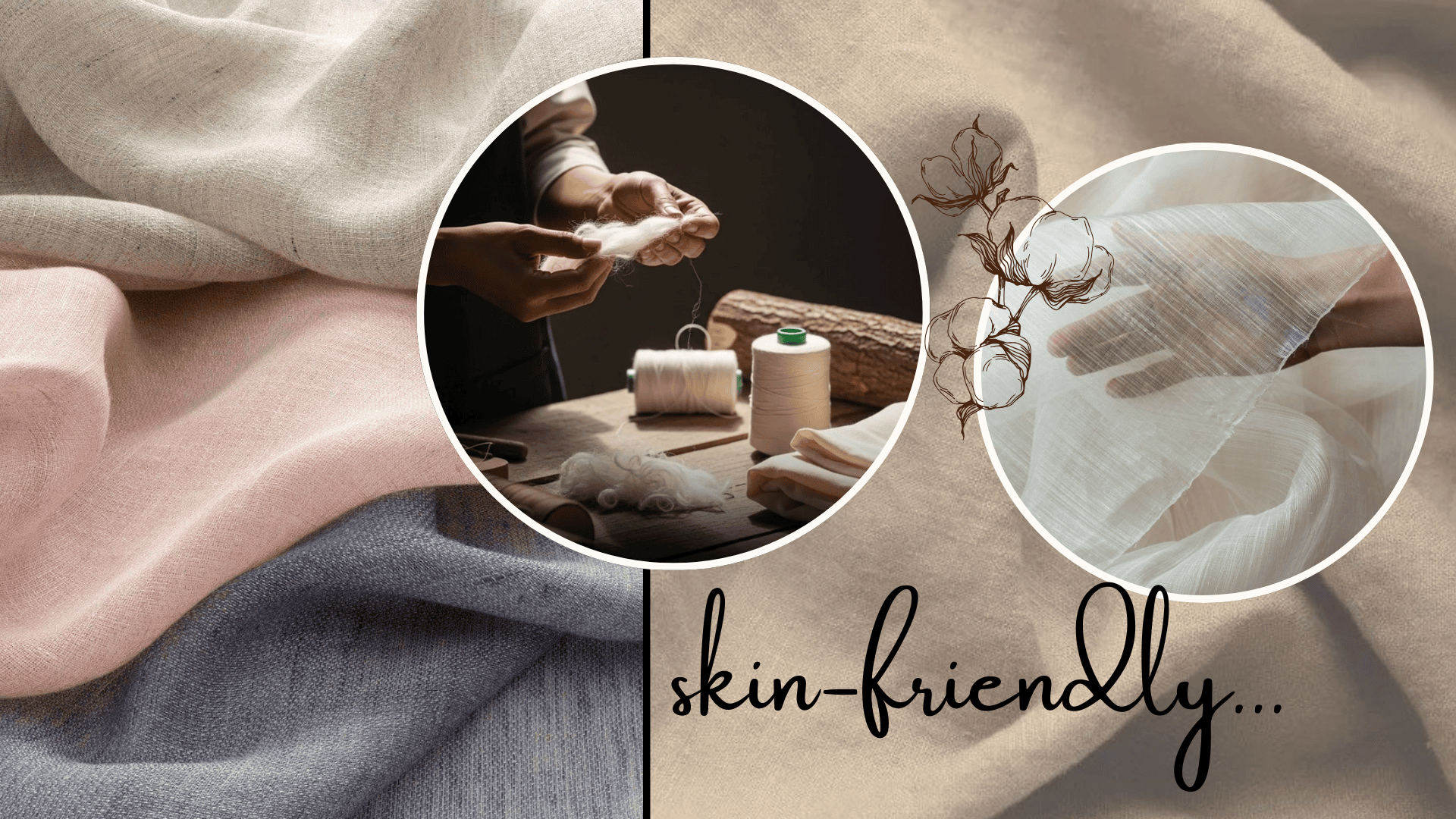
why skin-friendly textiles are the next luxury in fashion
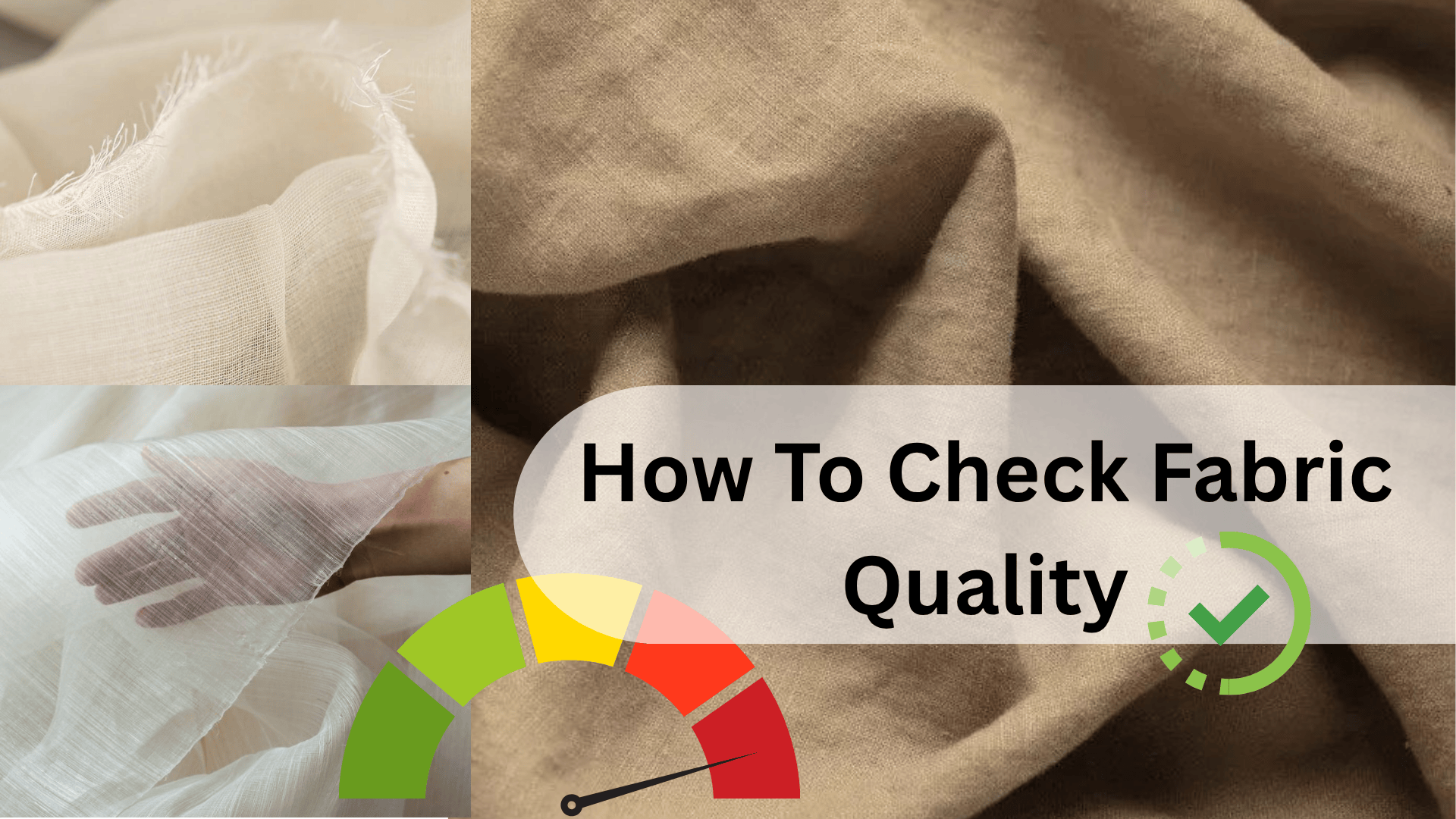
7 visual cues to identify fabric quality instantly






